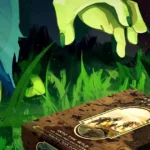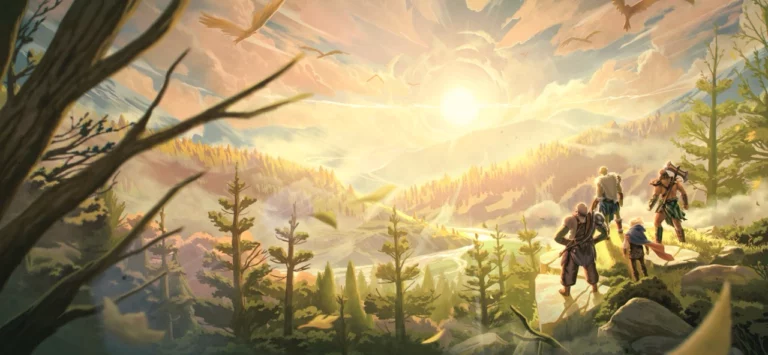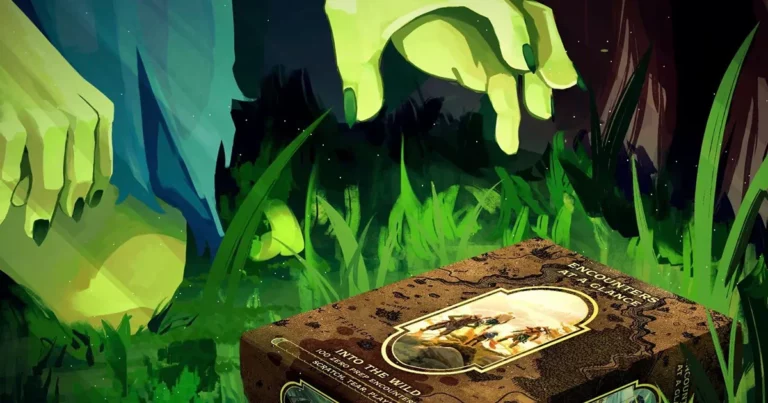It’s not just about getting from Point A to B. Travel in D&D allows your players to care about the world they’re saving.
Why Travel Matters in D&D
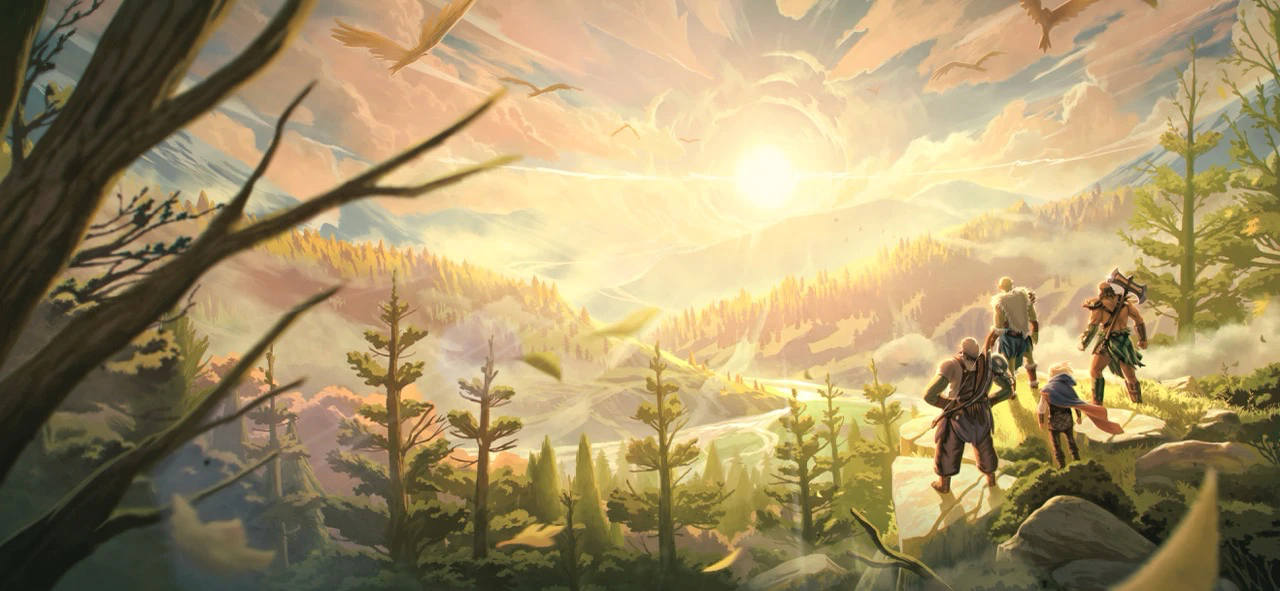
I’ve was thinking about this a lot a year or two back, when I was running my homebrew and my players were heading to the next big plotline.
I need more time to prep the next big chapter in my campaign
we treat travel like a loading screen. A single dice roll to see if bandits attack. But if you take a step back, both as a Dungeon Master and as a storyteller, you can start to think of the ways travel impacts your own life, how suddenly your home away from home, and the people you meet there, matter to you. You even miss them after you’ve returned back home.
Journeys that leave an impression.
After your players have tackled your epic storylines, dived into side quests, solved riddles in ancient ruins, and shaken hands with (or stabbed) the big bad villains… they might need a break.
And I don’t mean taking a break from D&D, but a breather within the game itself.
Rather than fast-forwarding the journey with “you travel for three days and arrive,” use small moments during your travel, to slow things down.
Travel time is your chance as a DM to experiment, improvise and see what your players like, or even come up with when you throw charming, mundane or unexpected situations at them. It’s your player’s chance to shift gears and it’s the perfect time for light, improvised, low-prep storytelling.
The Unknown Just Beyond the Horizon
Let your players meet strangers on the road; travelers, merchants, wandering bards, or a group of kids herding goats with stories to tell. It doesn’t have to be deep lore or combat-heavy. It can just be something that feels… real.
A great example of this, in my opinion, is Andor. That show nails sprinkling in small details of daily life that make the world feel lived-in.
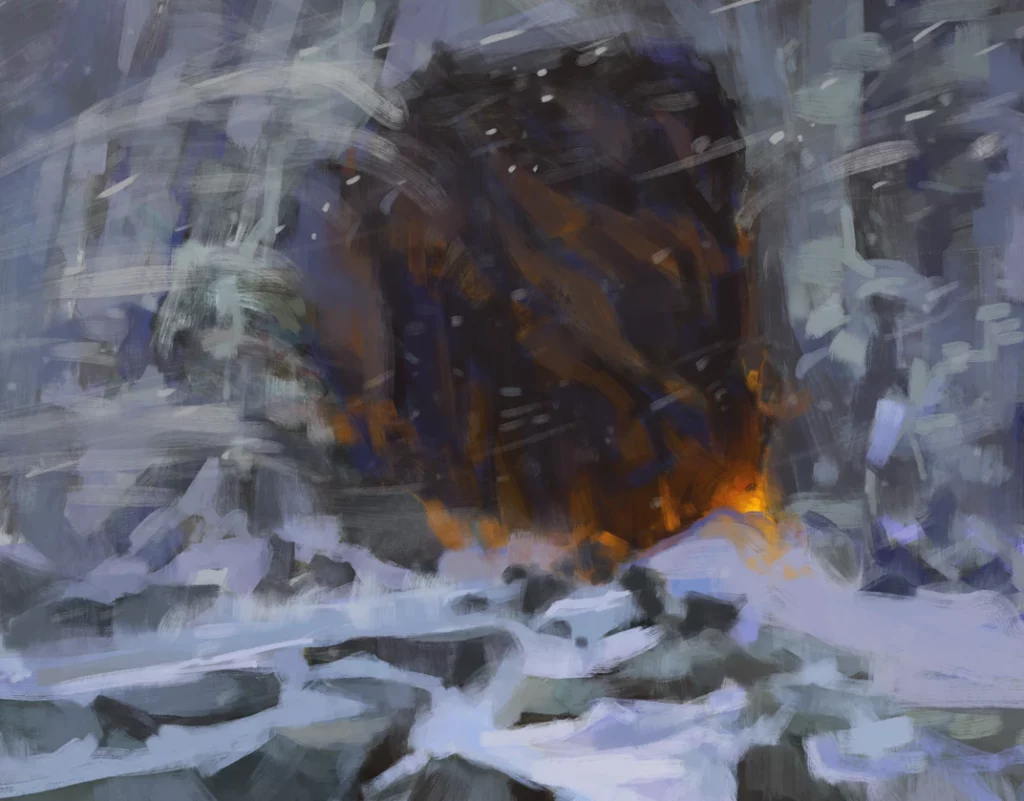
Picture this:
- A quiet evening, a warm fire, and a tale shared by a weathered ranger who’s seen strange foot prints in the woods.
- A missed hunting shot that leads the party into a grove where something ancient sleeps.
- A rainstorm forcing the group to shelter in a cave they didn’t plan on exploring.
You don’t need to plan it all. In fact, don’t. Travel lets you practice improvisation, test ideas, and explore areas of your world that you haven’t fully fleshed out either. If anything, you can even see how players react to situations and use their own creativity to drive forth wat happens next. Turn travel in an opportunity for indirect collaborative worldbuilding.
Travel Makes the World Feel Lived In

Even if your campaign’s tied tightly to your players’ backstories, travel offers something quests can’t: immersion. When your players pause to hunt, build camp, or take in the view from a windswept ridge, they’re grounding themselves in your world. They’re no longer just reacting to plot points, they’re living in the space you’ve built.
And when they see the world for what it is outside of danger, by meeting people who aren’t connected to the main quest, but instead just exist; your players start caring not just about the main quest, but about the world itself.
It makes everything you throw at them later, hit so much harder.
GM Tip:
Let your players stumble across a small problem from a nearby village—something mundane but meaningful. A broken bridge. A missing goat. A wedding that needs a fourth musician. These moments build emotional investment far better than another kingdom-wide threat.
Key takeaways:
Travel matters because it reveals what your players actually enjoy, when the pressure’s off. It’s your playground for worldbuilding, for low-stakes exploration, and for making the campaign feel real, not just epic.
So next time your players saddle up for the next leg of the journey, don’t skip it. Savor it.
You never know what lies just beyond the horizon.
Stay updated with the latest TTRPG news!


